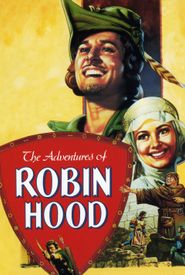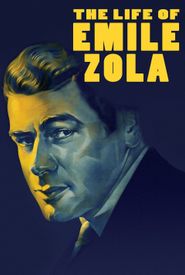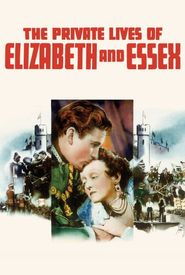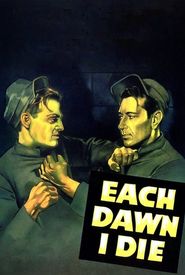Norman Reilly Raine, a remarkably productive and influential American screenwriter, entered this world on June 23, 1894, and unfortunately, his remarkable journey on this earth came to an end on July 19, 1971. Throughout his illustrious career, he made a lasting impact on the world of cinema, leaving behind an impressive legacy that continues to be celebrated to this day. Among his many notable accomplishments, Raine is perhaps best known for creating the beloved and iconic character of Tugboat Annie, a testament to his boundless creativity and innovative spirit. Furthermore, his remarkable screenplay for The Life of Emile Zola, a biographical drama that captured the life and times of the renowned French writer and activist, earned him a prestigious Academy Award in 1937, solidifying his position as a master of his craft.
Raine's creative spark for Tugboat Annie was ignited by a real-life female tugboat owner who left a lasting impression on him. However, his inspiration didn't stop there, as he also drew parallels between this fascinating individual and the talented actress Marie Dressler, whose captivating performance in Anna Christie had left a profound impact on him.
Fast forward to 1933, when Raine put his thoughts into motion, penning the screenplay for the film adaptation of Tugboat Annie. This cinematic masterpiece brought to life the story of Annie, a strong-willed and independent tugboat owner, played by the incomparable Marie Dressler. Annie's on-screen counterpart, the lovable but rough-around-the-edges Terry, was brought to life by the talented Wallace Beery.
As the camera rolled, Dressler's Annie and Beery's Terry navigated the high seas of love, laughter, and adventure, their characters' chemistry and banter captivating audiences and cementing their places in the annals of cinematic history.
Raine's professional persona was characterized by a striking sense of style, often donning a distinctive knit cap that had become an integral part of his signature look. However, on one peculiar occasion, he found himself in a predicament when he misplaced his trusty cap, and in a moment of desperation, he resorted to wearing his wife's instead.
This unusual incident aside, Raine's career was marked by a series of significant collaborations, one of which was particularly notable for its tragic circumstances. In 1950, his collaborator, the esteemed Guy Gilpatric, suffered an unimaginable loss when he took his own life, along with his wife, following her diagnosis with breast cancer.
Raine's unwavering tenacity in the face of repeated rejection has become the stuff of legend. One notable instance of his unyielding dedication to his craft occurred when he penned a narrative about the pivotal Battle of the Little Bighorn. Despite his tireless efforts, his work was met with a crushing sevenfold rejection by a prominent Hollywood mogul.
In the aftermath of this devastating setback, Raine was confronted with the question of what went awry with his story. With a mix of frustration and defiance, he responded, "I'm prepared to abandon my creative pursuits, as I genuinely believe that my story represents the best possible iteration of my vision. Could you kindly enlighten me as to what specific aspects of the narrative are displeasing to you?"
The mogul's candid response was a stark reminder of the pervasive biases that often underlie the entertainment industry. His terse and troubling remark, "I hate Indians!" served as a chilling illustration of the deep-seated prejudices that can hinder the progress of artists and storytellers.
Notable television credits of Raine's repertoire include a trifecta of episodes for the esteemed series Schlitz Playhouse of Stars, showcasing his versatility as a writer for the small screen.







































